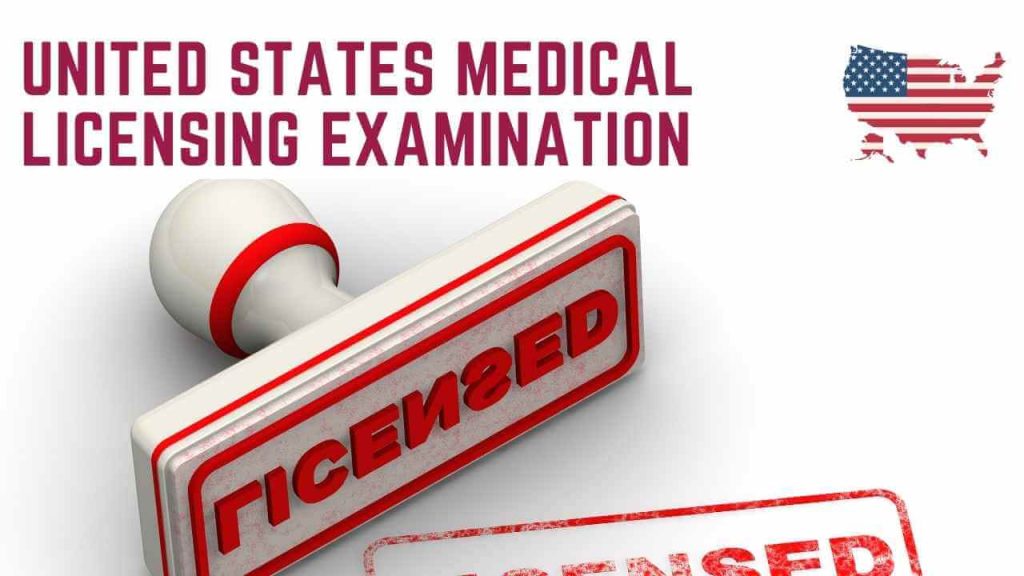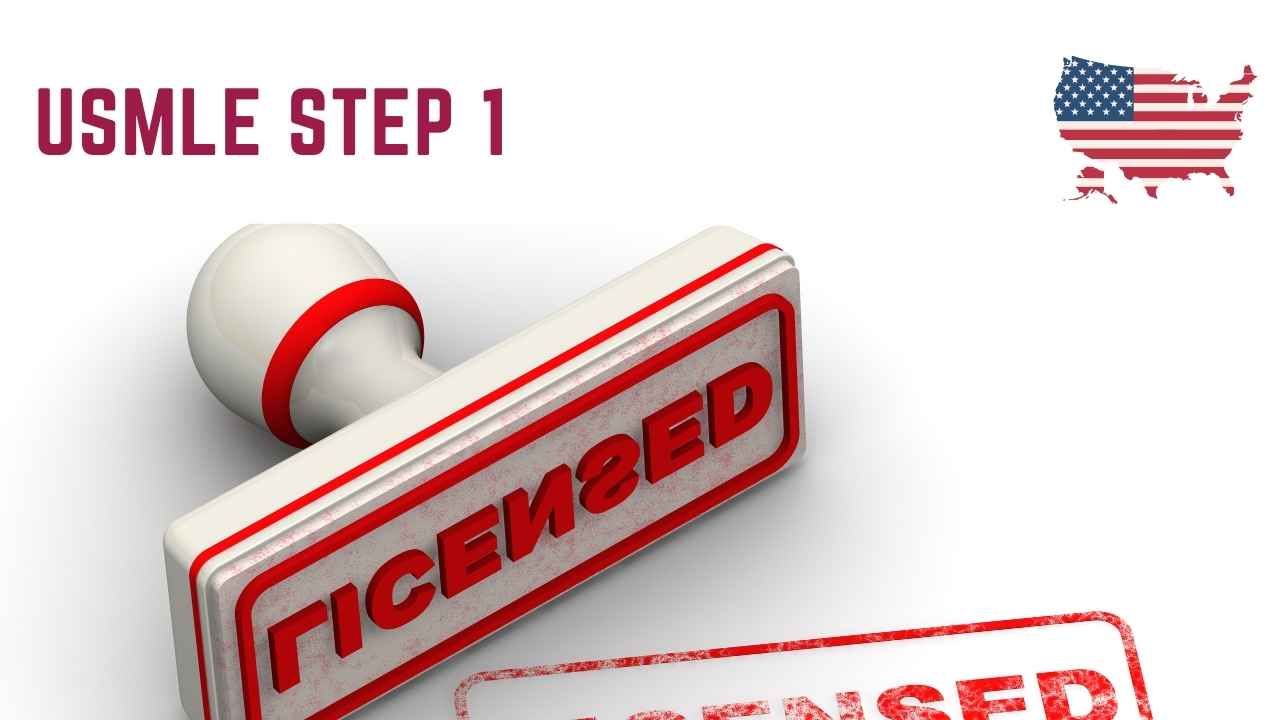
USMLE
The USMLE is a three-step exam required for medical licensure in the U.S. It tests a physician’s knowledge in basic sciences, clinical skills, and patient care to ensure competence and readiness to practice medicine.
What is the USMLE?
The United States Medical Licensing Examination (USMLE) is a three-step examination required for anyone wishing to practice medicine in the United States. Administered by the Federation of State Medical Boards (FSMB) and the National Board of Medical Examiners® (NBME®), the USMLE is crucial for obtaining medical licensure in the U.S. This rigorous examination tests a physician’s ability to apply scientific knowledge, clinical skills, and understanding of patient care—key aspects that ensure safe and effective practice in healthcare settings.
The three steps of the USMLE evaluate different components of a physician’s readiness for medical licensure. Each step is designed to complement the others, meaning that no single step can independently determine a candidate’s qualification. Generally, the first two steps are taken during medical school, and the third step is taken after graduation. Below is a breakdown of each step:
Step 1 – Overview
Step 1 of the USMLE tests a medical student’s understanding of basic medical sciences and their application to the practice of medicine. It places special emphasis on the mechanisms underlying health, disease, and therapy, ensuring that the student is not only equipped with essential knowledge but also prepared for lifelong learning in the medical field.
This exam consists of integrated content related to both systems and processes, including anatomy, biochemistry, pharmacology, microbiology, pathology, and physiology. It is a one-day examination divided into seven 60-minute blocks, totaling 8 hours of testing. The number of questions per block varies but will not exceed 40 questions per block, with a total of up to 280 questions on the entire exam.
Step 2 – Overview
Step 2 of the USMLE assesses a medical student’s clinical knowledge and skills, emphasizing the application of medical concepts to patient care under supervision. Step 2 is further divided into two subparts: Step 2 Clinical Knowledge (CK) and Step 2 Clinical Skills (CS). Step 2 CK focuses on a candidate’s understanding of clinical science, health promotion, and disease prevention, while Step 2 CS evaluates the candidate’s ability to interact with patients, perform examinations, and develop clinical reasoning.
Step 2 CK is a one-day examination, divided into eight 60-minute blocks, and administered over a 9-hour testing session. The format of questions in each block may vary. The examination is designed to assess a candidate’s readiness for supervised practice in a clinical setting, ensuring they can provide safe and effective patient care.
Step 3 – Overview
Step 3 of the USMLE is typically taken after graduation and during the first year of residency. This final step evaluates a physician’s ability to provide unsupervised patient care, focusing on their clinical decision-making skills. It covers areas like medical management, diagnosis, and treatment, with an emphasis on understanding the overall care of patients across various settings, including inpatient, outpatient, and emergency care.
Step 3 is a two-day examination consisting of multiple-choice questions, clinical simulations, and patient interactions, which assess how well the physician can manage and provide care independently.
Related Universities for Pre-Medical Studies
Many medical schools around the world provide the foundation for students looking to take the USMLE in the future. For those studying in Europe, universities like the University of Zagreb in Croatia, Palacky University in the Czech Republic, and Humanitas University in Italy offer excellent pre-medical courses that can help students prepare for the USMLE exams. These institutions provide a comprehensive curriculum, clinical exposure, and preparation for medical licensing exams like the USMLE.
By choosing one of these esteemed European universities, students can gain a solid medical education, access practical training, and eventually take the necessary steps to obtain licensure in the U.S. If you’re looking to pursue a career in medicine and are considering the USMLE, these universities could be the right choice to kickstart your medical journey.





